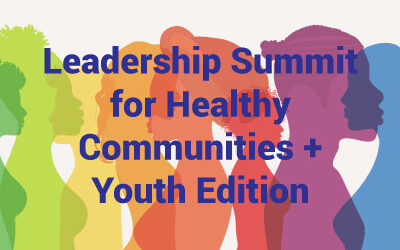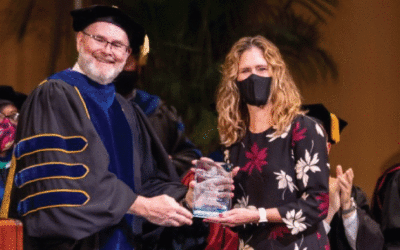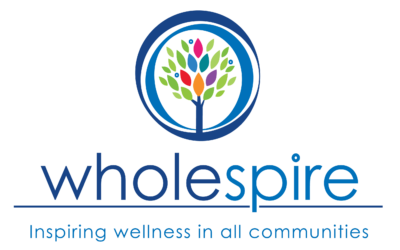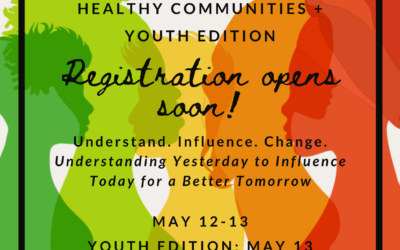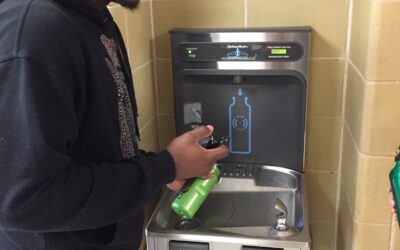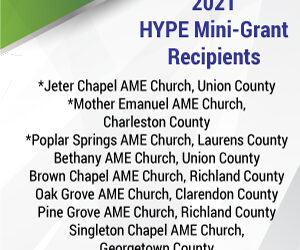This last legislative session has been one for the books. From dealing with COVID-19 recovery to very polarizing social issues, the South Carolina General Assembly and Wholespire have been very active.
News
First virtual conference deemed a success
The Leadership Summit for Healthy Communities + Youth Edition provided firsts for many. Find out how Wholespire pulled it off and what participants said about the virtual event.
USC Arnold School of Public Health honors alumna & Wholespire board member
Wholespire’s Board of Directors Vice Chairman receives annual Gerry Sue Arnold Alumni Award.
Eat Smart Move More SC announces new name
The name change comes with a complete rebranding, including a new logo and tagline, and was unveiled to over 200 stakeholders and attendees during the organization’s annual leadership conference.
Obesity Lands in SC Phase 1b High-Risk Category
SC DHEC specifically lists obesity (BMI >30) as an eligible factor for one being able to get a COVID-19 vaccine under Phase 1b. Find out more about BMI.
Wholespire, SC Office of Rural Health receive funding to collaborate on community health initiative
This initiative, funded by the BlueCross® BlueShield® of South Carolina Foundation, will build off the successes of SCORH’s Blueprint for Health program and Wholespire’s Let’s Go 3.0 mini-grant initiatives.
Leadership Summit Takes on Youth Summit and other Major Changes
The first virtual Leadership Summit features three keynote speakers, the Youth Edition, pre-conference activities, and tons of concurrent sessions.
SC School for Deaf and Blind Implements Fountains of Health Project
The Fountains to Health project focused on increasing access to water for students and community members who use the school’s outdoor facilities.
Third Round of AME Churches get Funded for The HYPE Project
Eight AME churches were selected through a competitive application and review process to receive mini-grants and form church-based HYPE teams. Find out who they are!

